¿Qué significa «asunción del riesgo» en una demanda por lesiones personales?

What Does “Assumption of The Risk” in A Personal Injury Lawsuit Mean?
Assumption of the risk is a legal principle that can shift liability for injury from one party to another in certain circumstances.
In New Jersey, if a plaintiff has «assumed the risk» of engaging in an activity that carries inherent risks, they may be barred from recovering damages in a personal injury lawsuit unless:
- The defendant was grossly negligent or reckless in their actions, or
- The defendant’s conduct was entirely outside the range of what someone would ordinarily be expected to do during such activity.
This principle can therefore be used as a defense against liability in some cases where injuries occur during inherently risky activities. However, it is important to note that there are exceptions to this rule, and it is not always a successful defense. If you have been injured in an accident and are considering using the assumption of risk defense, it is important to speak to an experienced attorney who can advise you on your specific case.
In New Jersey, the assumption of the risk is often asserted in cases involving injuries sustained during sports or other activities at school, in a gym or fitness center, or at work. In some cases, a plaintiff may have signed a liability waiver and assumption of the risk agreement before participating in an activity.
What is “assumption of the risk” in New Jersey?
Under New Jersey law, there is a concept known as «assumption of risk.» This generally means that if you are injured while participating in a dangerous activity, you may have difficulty recovering damages from the person or entity responsible for the activity. The reason for this is that by participating in the activity, you are assumed to have accepted the risks inherent in it.
For example, let’s say you go rock climbing and are injured when a large boulder falls on you. It would be difficult to recover damages from the climbing company because you voluntarily assumed the risks of rock climbing when you decided to participate in the activity.
Similarly, if you are injured while engaging in a dangerous sport like skiing or motocross racing, it may be difficult to recover damages from the company responsible for the activity. This is because you are assumed to have accepted the risks inherent in the sport when you decided to participate.
However, there are some exceptions to the rule of assumption of risk. For example, if the activity was not adequately supervised or there were hidden dangers that you were not made aware of, you may be able to recover damages. Additionally, if your injury was caused by someone else’s negligence (like a defective piece of equipment), you may also be able to recover damages.
If you have been injured while participating in a dangerous activity, it is important to speak with an experienced personal injury attorney who can evaluate your case and determine whether you may be able to recover damages.
“Primary” assumption of the risk in New Jersey
Under New Jersey law, a plaintiff who suffers personal injury may be able to recover damages from the person or entity responsible for causing the injury. This is known as the «negligence» law.
To succeed in a negligence claim, the plaintiff must prove that the defendant owed him or her a duty of care, that the defendant breached that duty, and that the breach was the proximate cause of the plaintiff’s injuries.
However, there are some situations in which a plaintiff will not be able to recover damages even if he or she can prove all of these elements. One such situation is when the defendant can show that the plaintiff assumed the risk of injury by voluntarily participating in an activity with known risks.
For example, suppose that you are injured while skiing. You may be able to sue the ski resort for negligence if you can show that the resort failed to maintain the slopes in a safe condition. However, if the resort can show that you assumed the risk of injury by voluntarily participating in a dangerous activity, your claim may be dismissed.
Similarly, if you are injured while playing a sport such as football or hockey, you may not be able to sue the other players or the team for negligence. This is because these types of activities involve an inherent risk of injury that everyone who participates in them accepts.
To succeed in a claim based on the assumption of risk, the defendant must show that the plaintiff knew of the risks involved in the activity and still chose to participate. The mere fact that an activity is dangerous is not enough to show that the plaintiff assumed the risk of injury. For example, if you are injured while crossing the street, you cannot be said to have assumed the risk of being hit by a car simply because cars are dangerous.
In some cases, the assumption of risk may be found even when the plaintiff did not know of the risks involved in the activity. This can happen when the risks are so obvious that anyone participating in the activity should have been aware of them. For example, if you are injured while diving into a swimming pool, it would be hard to argue that you did not assume the risk of hitting your head on the bottom of the pool.
The doctrine of assumption of risk is a defense to negligence claims that are available in some but not all cases. If you have been injured in an accident, it is important to speak with an experienced personal injury attorney to find out whether the doctrine may apply in your case.
When does the doctrine not apply?
If the defendant has violated a law or acted in an unreasonable manner that increased the risks to the plaintiff beyond those inherent in the activity, the doctrine of assumption of risk will not bar recovery. This is because the defendant has essentially created a new and unnecessary risk, to which the plaintiff would not have otherwise been exposed. In these cases, it is only fair that the defendant is held liable for any injuries that result.
What if the plaintiff signed a liability waiver?
If you’re considering signing an «assumption of the risk» agreement, it’s important to understand what exactly you’re agreeing to. These contracts are typically used in situations where there is a potential for injury, such as participating in a dangerous sport or using a hazardous piece of equipment. By signing the agreement, you essentially agree that you will not hold the other party responsible if you are injured due to their negligence.
However, it’s important to note that you cannot legally waive your right to sue for gross negligence, recklessness, or intentional torts. If the other party is found to have acted in any of these ways, they can still be held liable for your injuries. So, before you sign away your rights, make sure you understand exactly what you’re agreeing to.
How can a New Jersey personal injury attorney help?
Many people believe that if they engage in a risky activity or sign a contract, they have no legal recourse if they are injured. However, this is not always the case.
Our experienced New Jersey personal injury and accident attorneys understand the complex court decisions governing the state’s assumption of the risk doctrine. We know that it is possible to recover compensation even in seemingly unwinnable cases.
If you have been injured in an accident, don’t assume that you have no legal recourse just because the activity was risky, or you signed a contract. Contact our office today for a free consultation to learn more about your rights and how we can help you get the compensation you deserve.
Blogs relacionados
Sin tasas a menos que
GGL Gana
Le tenemos cubierto.
Estamos disponibles 24/7/365
Uno de nuestros asesores se pondrá en contacto con usted.

SOCIO OFICIAL DE RUTGERS ATHLETICS



Ganancias recientes de GGL
Accidente de tráfico
Premio de mediación El demandante sufrió lesiones en una colisión automovilística en una intersección, que le obligaron a someterse a cirugías de fusión del cuello y la zona lumbar.
2 millones de dólares
Veredicto
Indemnización por accidente laboral
Un obrero de 25 años murió en un accidente laboral mientras trabajaba.
1,15 millones de dólares
Veredicto
Accidente en la construcción
Un techador se cayó del tejado y sufrió un traumatismo craneoencefálico.
El contratista no proporcionó al demandante equipo de protección anticaídas.







